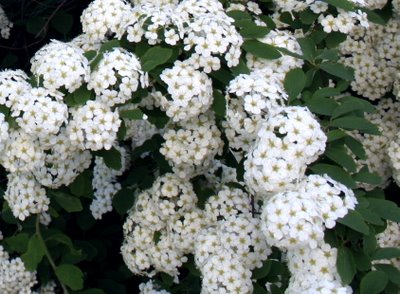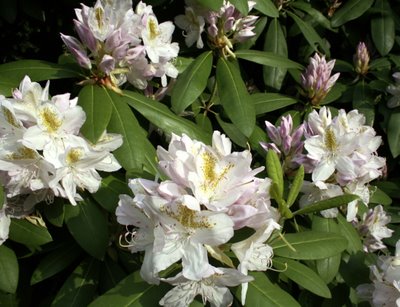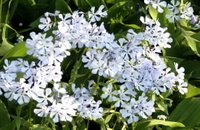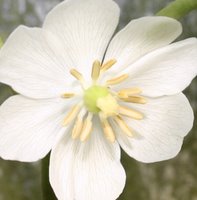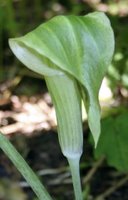Two years ago, I put in a small bed along the side property line. Today, it is bursting with irises, columbines, phlox panticulata "David," shasta daisies, nepeta, lady's mantle, and ladybells.
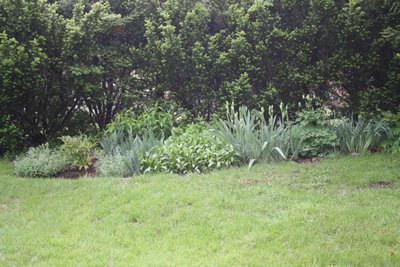
Over the Memorial Day weekend, I finished double digging another small bed on the opposite side of the property. Its 3 x 10 foot dimensions consumed about 6 cubic feet of peat moss, 40 pounds of sand, and 200 pounds of composted cow manure. Thank goodness for my iPod and a 15-year-old boy eager to earn a few dollars doing yardwork!

The idea was that this bed would be a holding pen for plants displaced from other locations (such as the back of the house during the ever-distant kitchen renovation). However, after an exhilarating trip to the nursery and a brutal review of divisions received from family members, I managed to more than fill every available inch. Yes, I found myself in negative space.

For the record, the following plants made the cut: three lirope from CMF in Hunt Valley, two vintage ("Grandmother's Garden") and one modern ("McKana Hybrid") purple columbines, three yellow digitalis, three "Gold Tiara" hostas, three astilbe "Rheinland," and four no-name bearded iris from SW in Lancaster. In a year or so, this bed should be a blend of purples, pinks, yellows, and greens. Or the spirea blooming this time along the back will have proved to be too much visual competition, this bed will go all hosta, and I'll be looking for another spot to dig.


